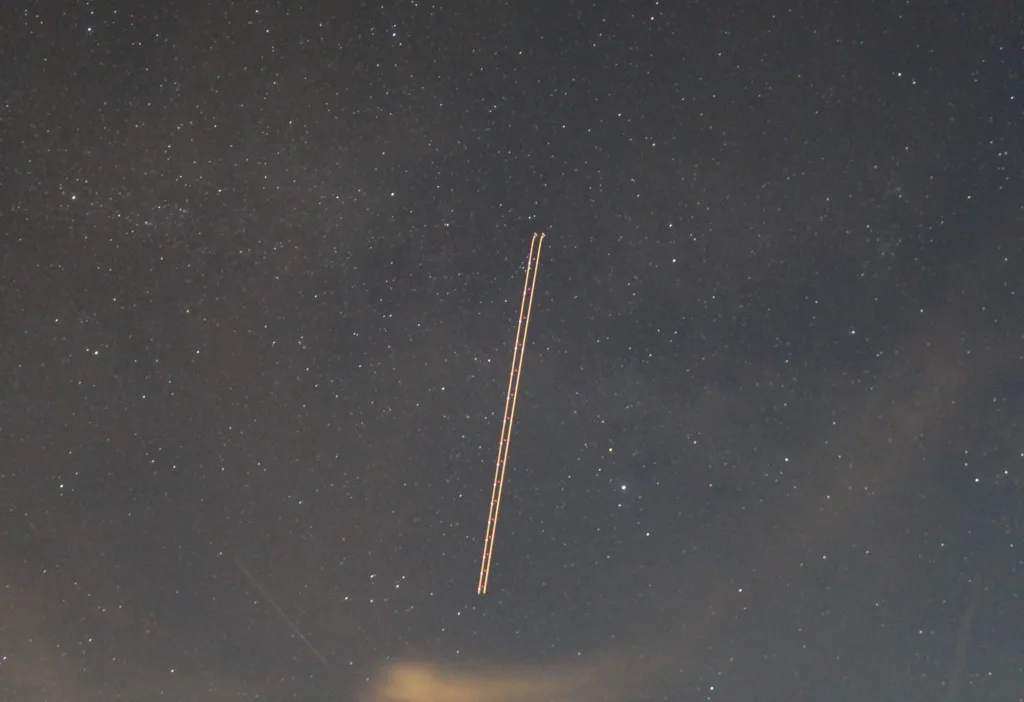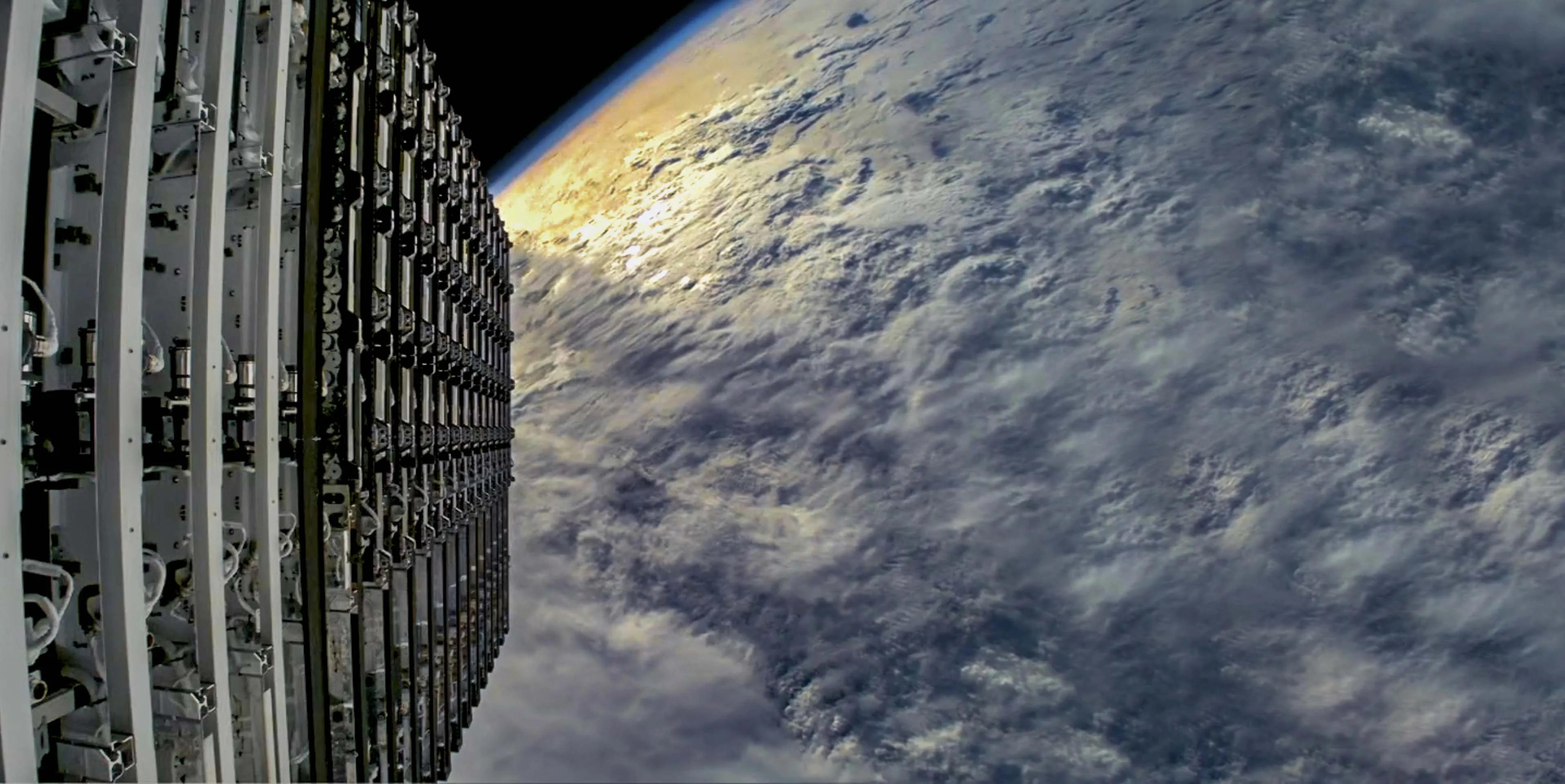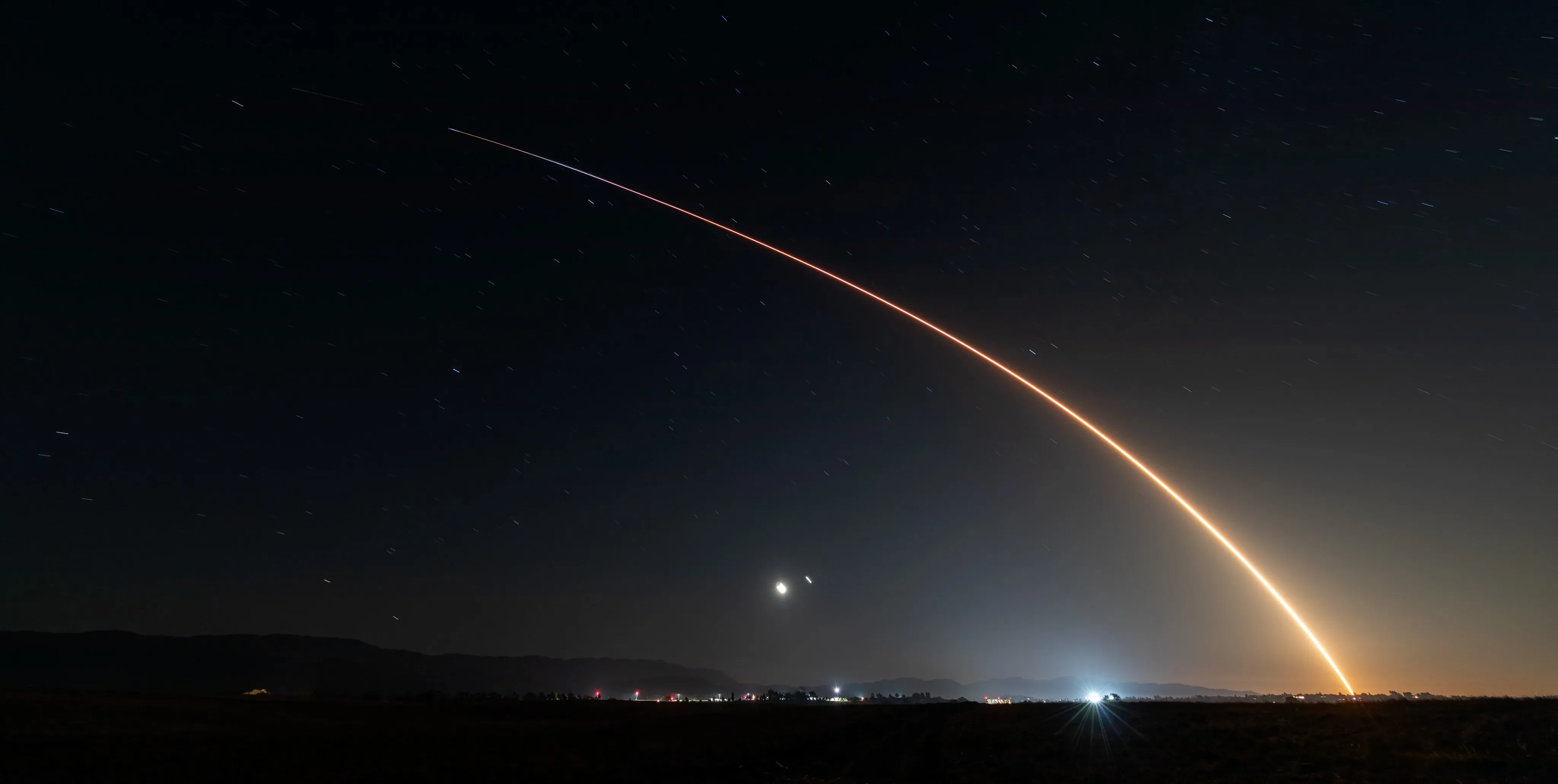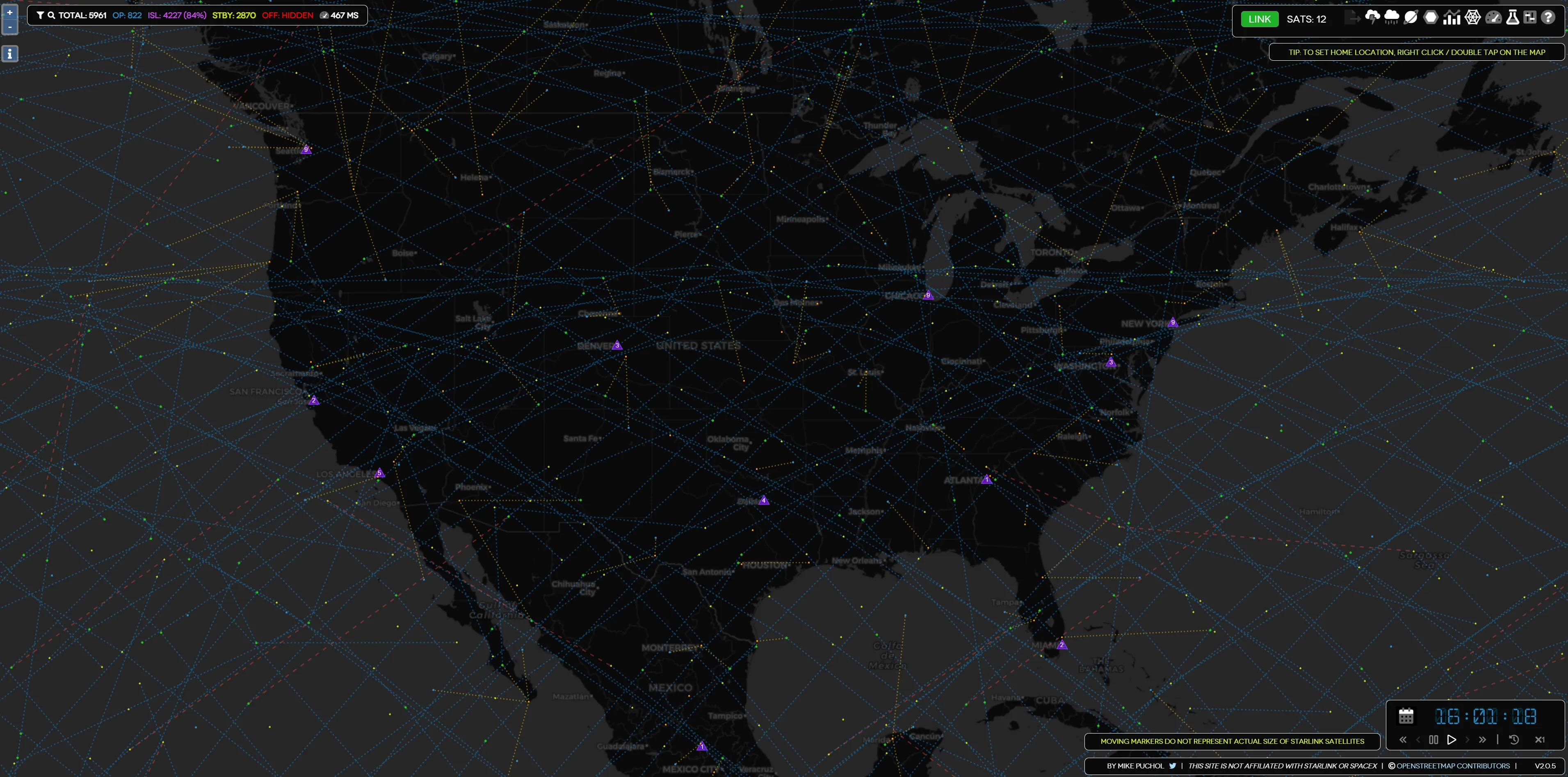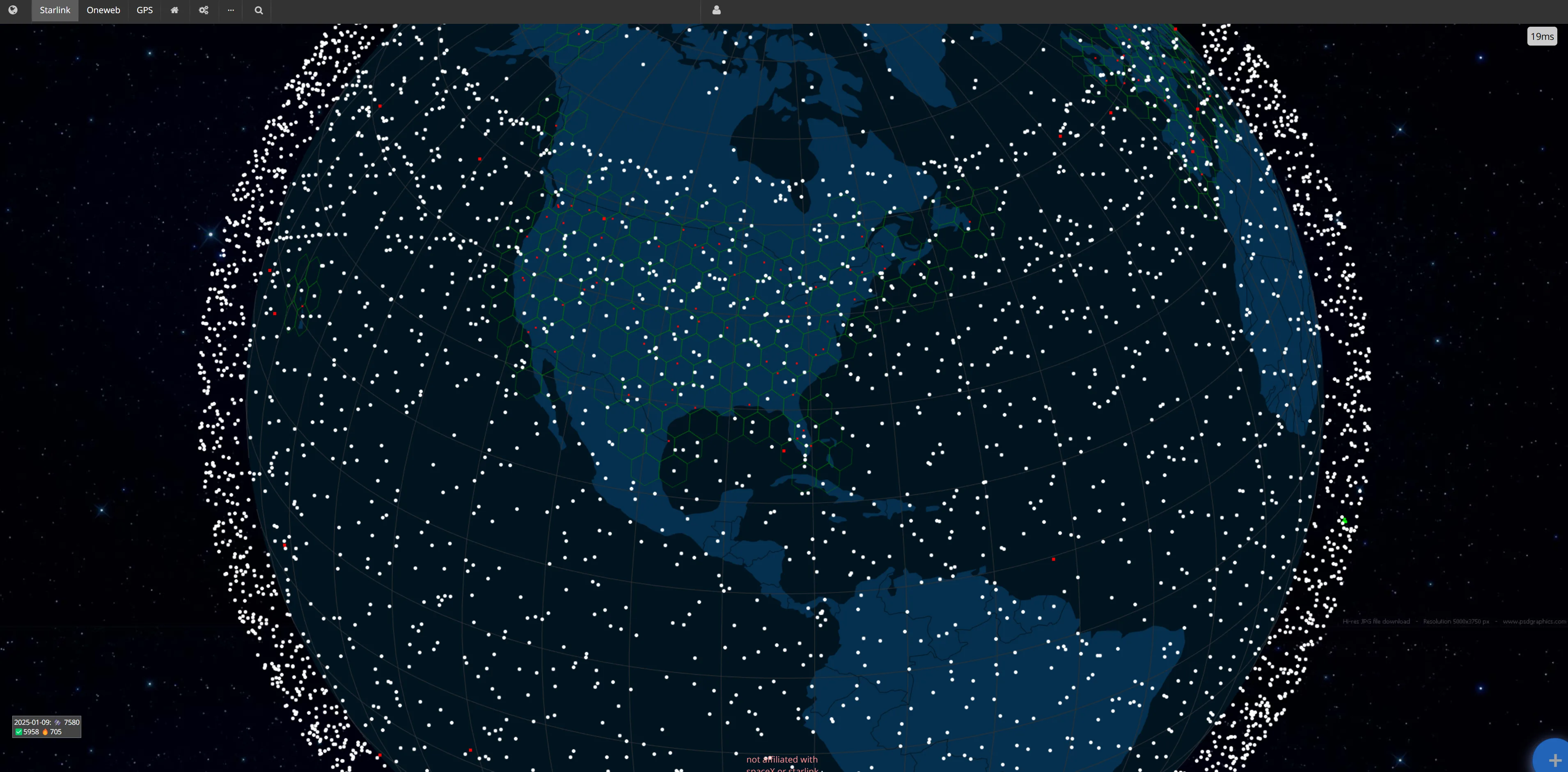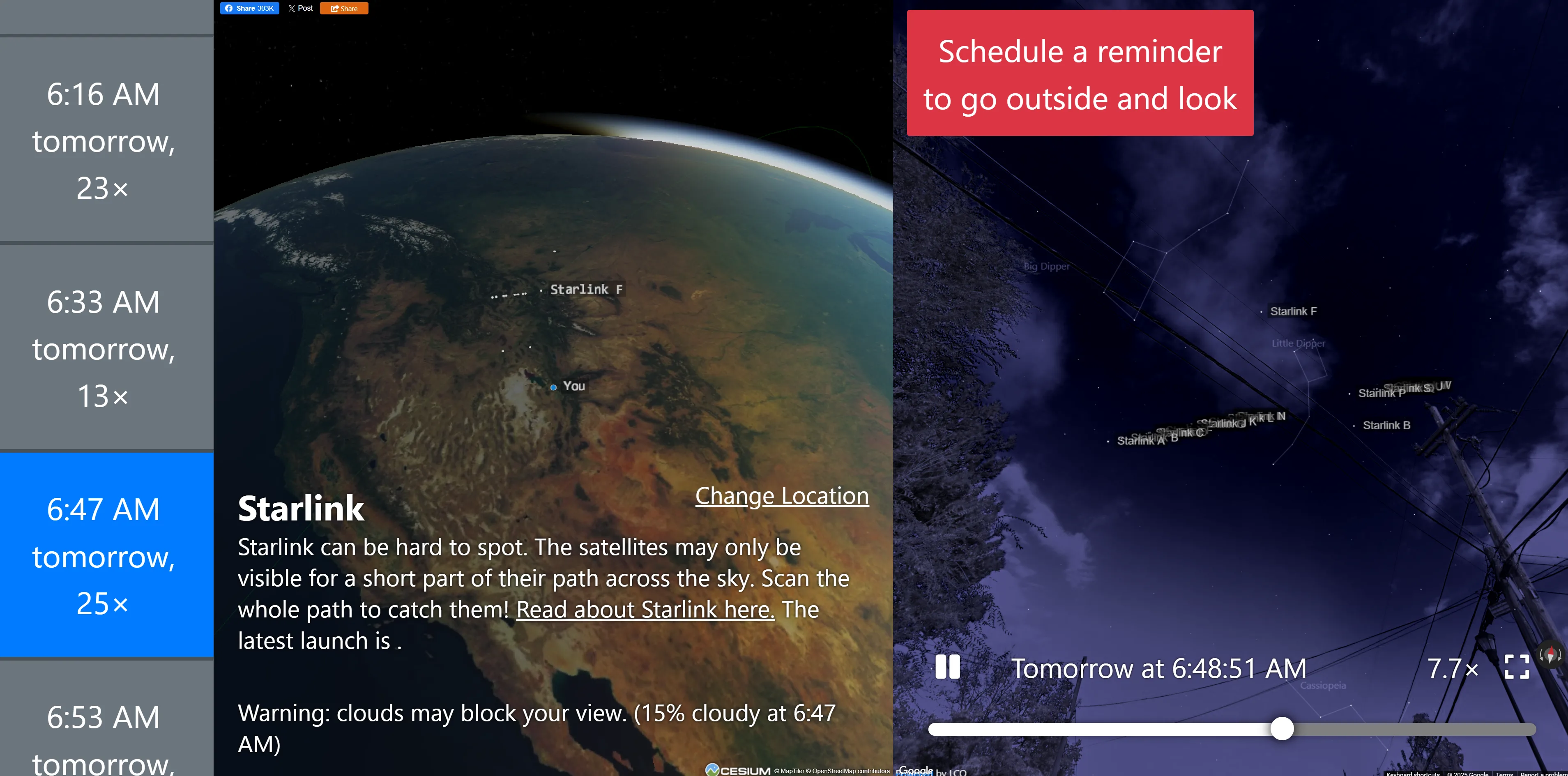That bright parade of lights making their way across the night sky aren’t UFOs but a train of Starlink satellites orbiting the Earth. With about 7,000 satellites in orbit and counting, have you ever been curious about observing a Starlink train? The “mega-constellation” makes Starlink’s high-speed, low-latency satellite internet possible.
Fortunately, plenty of resources are available for the curious who’d like to pinpoint satellites in the night sky. You can also track whenever SpaceX launches a batch of satellites about its Falcon 9 (and soon on the much larger Starship).
